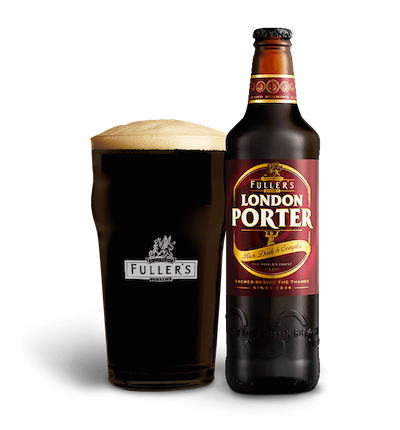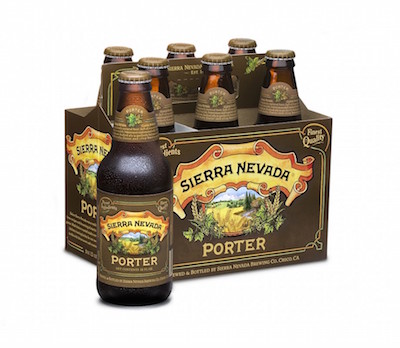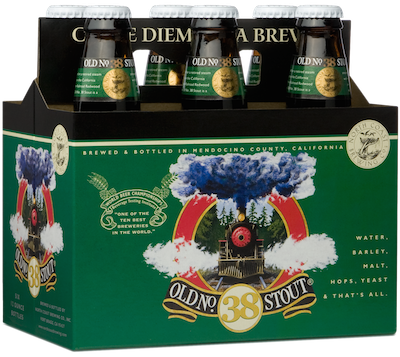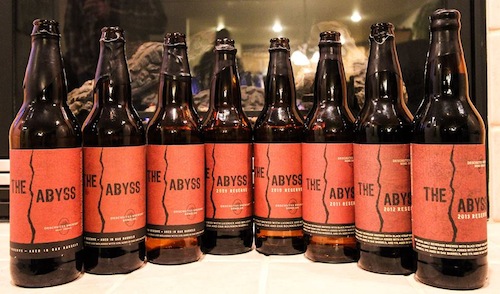Beginner’s Guide to Porters & Stouts
Ahh, stouts. The beautiful, chocolate-colored drink, perfect for cold winter nights next to the fire. Whether you’re watching the slow cascade of nitrogen bubbles as your Guinness Draught settles or you’re wafting the boozy, roasted scent of a North Coast Old Rasputin, you know that soon the beer’s warmth will spread from your belly to the rest of your body. But where do stouts—and their siblings, porters—come from?
Porters were popular in London, and according to Randy Mosher’s Tasting Beer, the style of beer’s “most visible enthusiasts” were the physical laborers of the same name. (Porters, the human kind, were hired to carry things from one place to another.) After hard work, they would go to the bars and ask for this dark-colored ale, which back then was a blend of beers.
When did stouts come into the picture? According to the Beer Judge Certification Program, stout is actually short for “stout porter” which started as a more alcoholic version of the porter, but both terms were used interchangeably. Nowadays, both porters and stouts are dark, full-bodied, and roasted, but stouts typically remain the darker, more alcoholic, and “stouter” version of the modern porter.
All English ales, not just porters and stouts, use strains of yeast that allow the other ingredients—the malt and hops—to really bloom, a huge distinction from Belgian yeast, which often impart its “Belgian”-ness to any style of beer. (Even if you brew an English-style ale but with Belgian yeast, you’ll find it more Belgian than English.) With English yeast taking the backseat, the toastiness and roastiness of darker malts and hop bitterness have a chance to come to the forefront of your palate, making them the stars of all porters and stouts.
With these notes in mind, let’s take a look at how each porter and stout sub-style makes its own mark on our tongues and in our stomachs.
Brown Porters
We’ll start with brown porters, the mildest of the porters and stouts. Like the name suggests, these porters are dark brown in color from the roasted malt used in the recipe. The roast itself should be mild and usually has a chocolate character to it, but you’ll also find notes of caramel, nuttiness, or toffee. Lesser so, you’ll find notes of coffee, licorice, or toast, and you should never taste any acrid, burnt, or harshness in brown porters. A little bit of bitterness is expected.
Beers to try: Fuller’s London Porter, Samuel Smith Taddy Porter
Robust Porters
Unlike brown porters, the robust versions can have a slightly burnt flavor to them, in addition to some sharpness. Malt flavor is also stronger in robust porters with the same chocolate, caramel, or nutty flavors and aroma. You’ll also find that the hop bitterness is stronger in robust porters than in browns.
They can be very similar to stouts as well, but the lack of a strong roasted barley character in the robust porter is what distinguishes it from the stout.
Beers to try: Deschutes Black Butte Porter, Sierra Nevada Porter
Baltic Porters
Baltic porters are named after the route it took from England to get to the Baltic States and Russia. They have a higher ABV than the brown and robust porters, but have the same roasted, caramel, toffee, and nutty notes, without the burnt character of a robust porter or stout. The main difference is the dried fruit characteristics like black currant, licorice, and other dark fruits.



